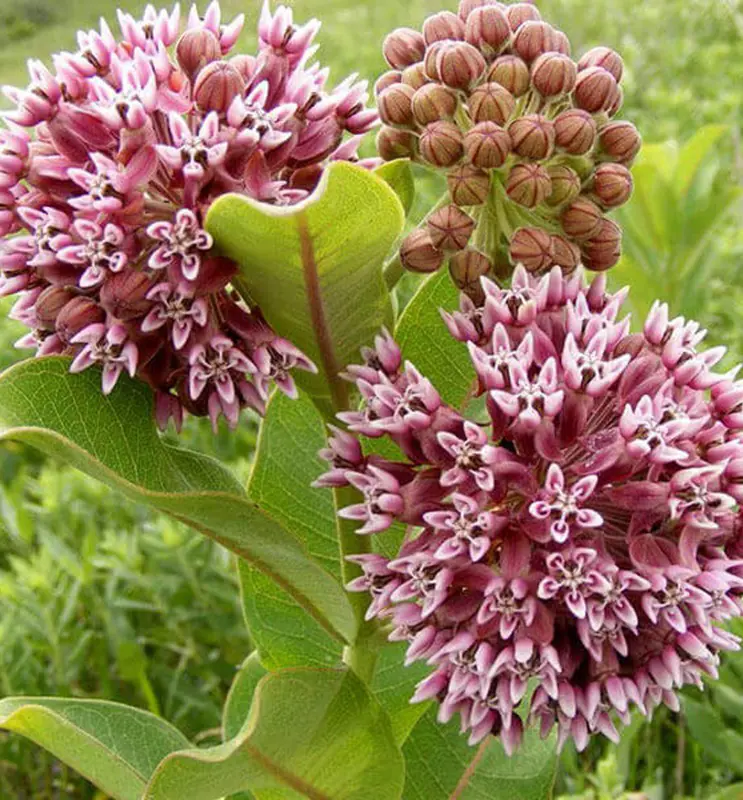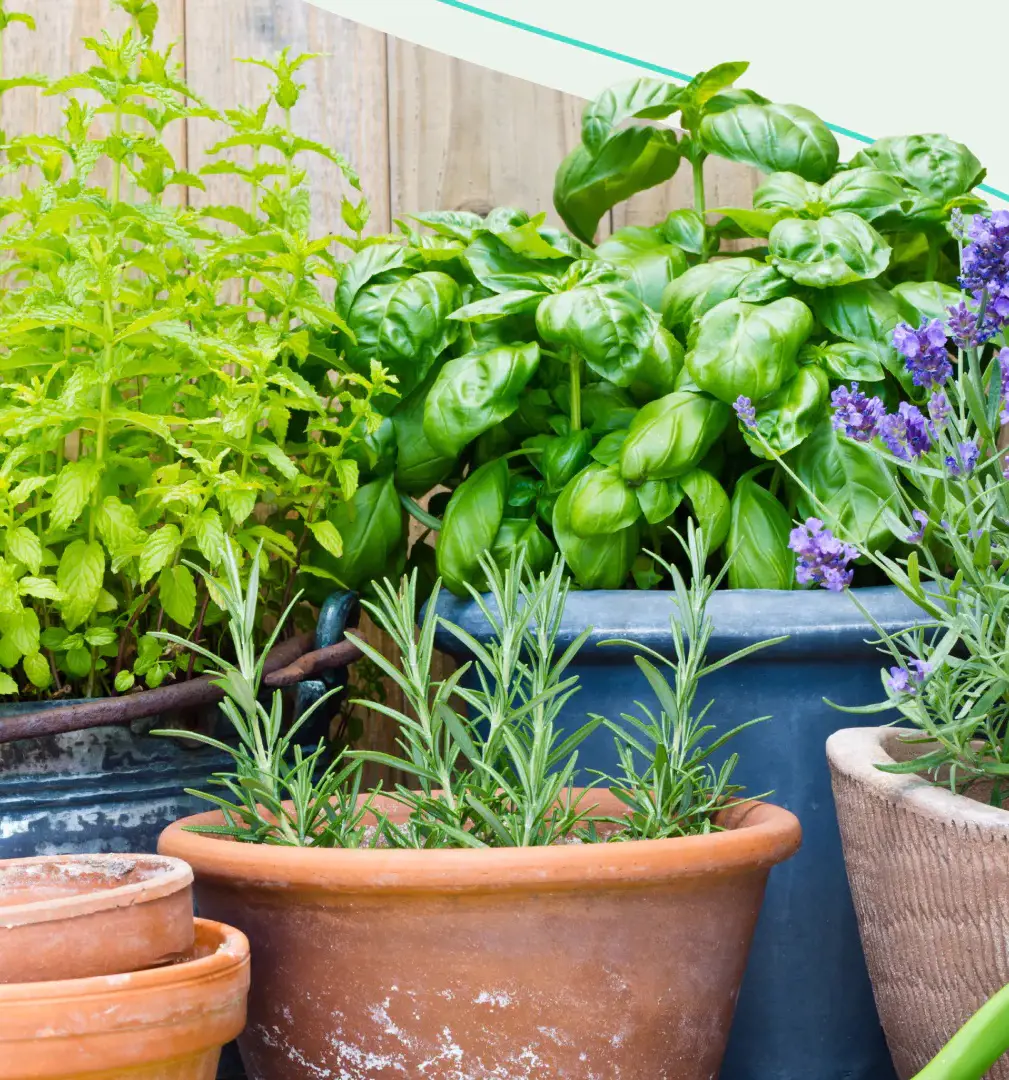How To Grow Grass From Seed? Planting And Caring Guide

This post may contain affiliate links. If you make a purchase through links on our site, we may earn a commission.
Growing grass seems like an easy task. But the ones who are already into it know how much work and patience is required for its maintenance, to transform the outdoor space into a lush, green oasis.
For beginners who are starting from scratch or someone patching up bare spots, this guide here can help you have a vibrant lawn starting from seeds. Ready to dig in? Join us as we explore the essential steps and expert tips for growing grass from seed, altogether your yard is surely to become the envy of the neighborhood!
It Starts With Right Grass Seed

If you have no right seed then growing grass can be just a gamble. For successful growth, while choosing seeds, it's important to consider your climate, the extent to which the lawn gets the sun and the way you plan to use the grass.
If the area you live in has a cool season year around then Kentucky Bluegrass and Perennial Ryegrass can be the best choices for you, however, if you belong to southern areas where the climate is comparatively warmer, you may go for varieties like Bermudagrass and Zoysia grasses.
The grass that is particularly suitable in areas with shade may not grow well in areas with full sun and vice versa. Bermudagrass is an example of the variety that loves the sun while options like Fine Fescue are shade tolerant. Also, if you have pets and kids at home, try to look for the ones that are more durable. Tall Fescues or Bermuda makes the perfect option for such homes as it can highly withstand wear and tear.
Nonetheless, for decorative purposes, where the grass doesn't have to bear traffic, something like Kentucky Bluegrass will do well. These varieties are beautiful and give an aesthetic appearance to your surroundings.
Prepping The Soil & Planting
Now that you have the idea of choosing the right grass seed, it's time to prep the soil for planting. This step is what determines if the grass seed will be thriving in our lawn.
Soil pH: How important is it?

If you want the grass to form a lush, green lawn, you can not skip this step. Acidity and alkalinity of the soil are what soil pH refers to, and most grass varieties only love acidic to neutral conditions. If your lawn's soil pH is between 6.0 and 7.5 then you are all set to plant the grass seeds. If this condition does not hold true, then it's time for you to amend the soil.
For acidic soils, the general practice is to add lime and on the other hand, for alkaline ones, sulfur or organic matter is generally added.
Sloping the lawns
To protect your home against the risk of water damage, it's important to slope the lawn. Sloping helps the excess water stay away from your foundation and also makes sure excess water drains away, keeping grasses dry and secured against damage caused by molds and fungi.
The steeper slope is however not recommended as it may lead to conditions like erosions. A slope of 1 to 2 percent would be enough to create an optimal environment for the grass to thrive.
Soil Preparation and Tilling
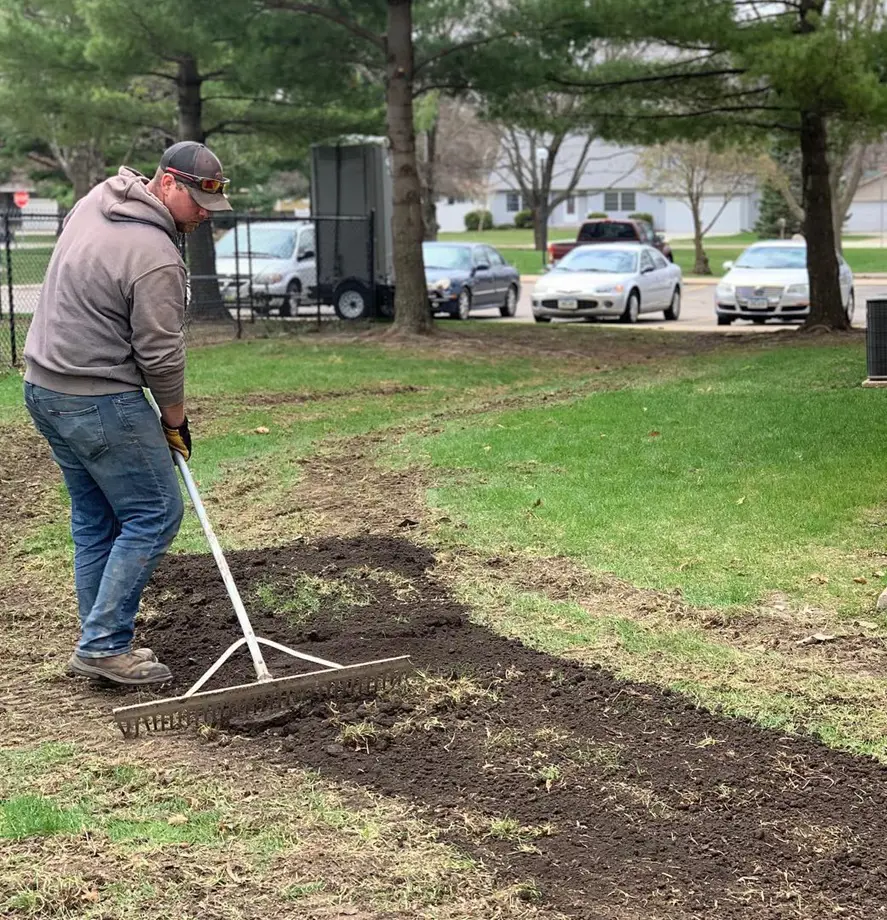
To make the soil more inviting for the seeds, start with clearing all the debris and then loosening the topsoil. Target for upper 2 to 3 inches, remember that you don't need to dig too deep as the grass's roots spread just below the surface. The loosening, overall, makes sure that the grass seeds will get aerated and grow without being disturbed by water accumulation.
Adding Nutrients
The soil tests held will help determine what kind of nutrients are needed for planting grass seeds. Basically, before planting the seeds, lawn fertilizers are embedded in the soil so that there will be no hindrance in the growth of the grass due to nutritional unavailability.
Determining the Best Time to Plant
Most of the grass varieties are planted as the spring comes to the door. During this time, the soil starts to get warmer and the air has a perfect moisture content, allowing the seeds to sprout.
Whatever the varieties are, whether it be cool-season grasses or warm ones, the spring approaches wouldn't fail. By the summer, your grass will be well as it will get full growing season ahead of it.
Seed Spreading Techniques
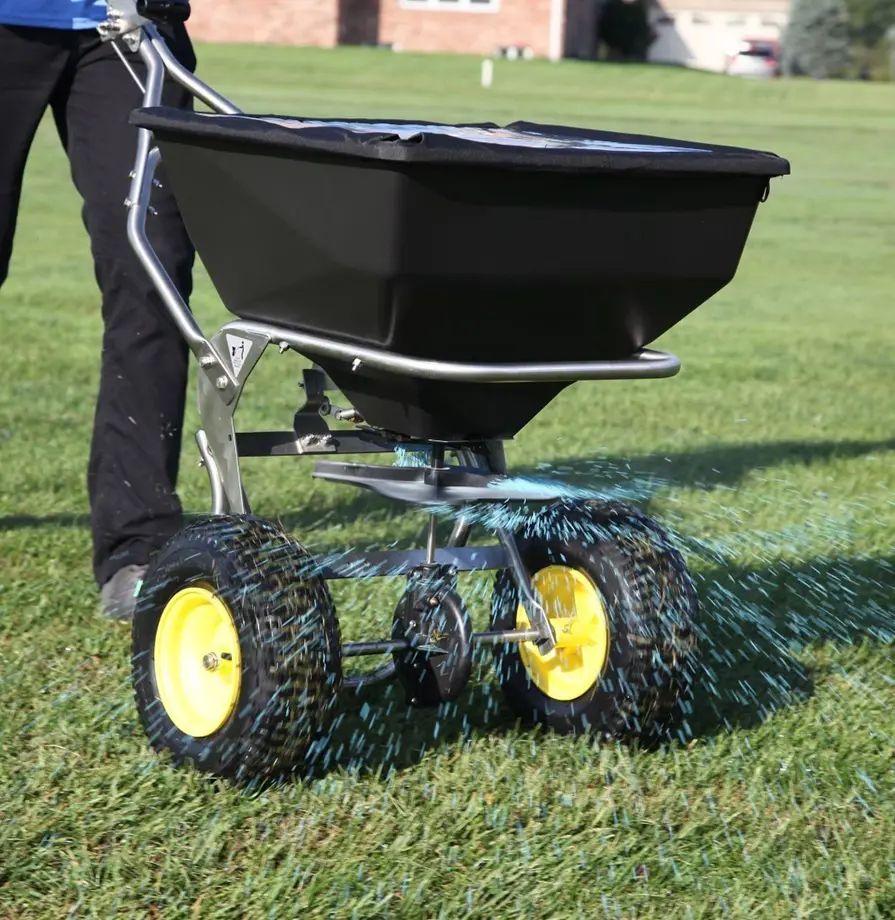
As the sowing season arrives, importance should be given to spreading techniques. Without implying these techniques, there is a high chance that grass seeds won't be evenly distributed. The result will then show up as patchy growth and a less-than-thriving lawn.
To save your time and effort in the long run, consider using a broadcast spreader and for smaller areas, hand seeding is also okay. As the seeds get well spread, rake and roll them to make sure they get placed well in the soil.
Seed Amount: If you are not sure about the amount of seeds right for your lawn, follow the basic rule, which is about 1 to 2 pounds of seed per 1,000 square feet.
Watering Immediately After Planting
Watering helps the seed to settle in the soil immediately. The availability of moisture also allows the seed to initiate the germination process. While watering, use a gentle spray and make sure the force of the water won't displace the seeds.
Caring Guide
Just growing grass seeds is not enough to get a green, healthy lawn. For growth and resilience, several practices need to be followed, the important ones include:
Watering Guidelines

Watering is one of the most critical steps to make things right. In the early days, when the grass just starts to get out of the soil, water lightly and frequently-once or twice a day. The aim should be to keep the soil consistently moist and not to oversaturate it.
Sufficient watering will be maintaining the 1/4 to 1/2 inch each time, which is a good rule of thumb. A rain gauge can be really handy for measuring that. Timing is equally important; early morning or late evening is ideal to make sure water is not lost due to the heat of the sun.
After the grass is well-established, go for deeper and less frequent watering. Doing this will make sure that the roots are built stronger making them drought-resistant, important for their flourishment throughout the summer.
Fertilizing the New Grass
New plants need proper food for healthy growth and the fertilizers you choose for them will play an important role in deciding what your lawn looks like! After a month of grass germination, apply a high-quality lawn fertilizer that has a high percentage of nitrogen. Nitrogen here works to maintain the vitality of the grass.
The fertilization however should not be done haphazardly as it can damage the grass and lead to issues like burning. Make sure to follow the instructions on the packet and immediately water the lawn after you have completed fertilizing.
Mowing the Grass
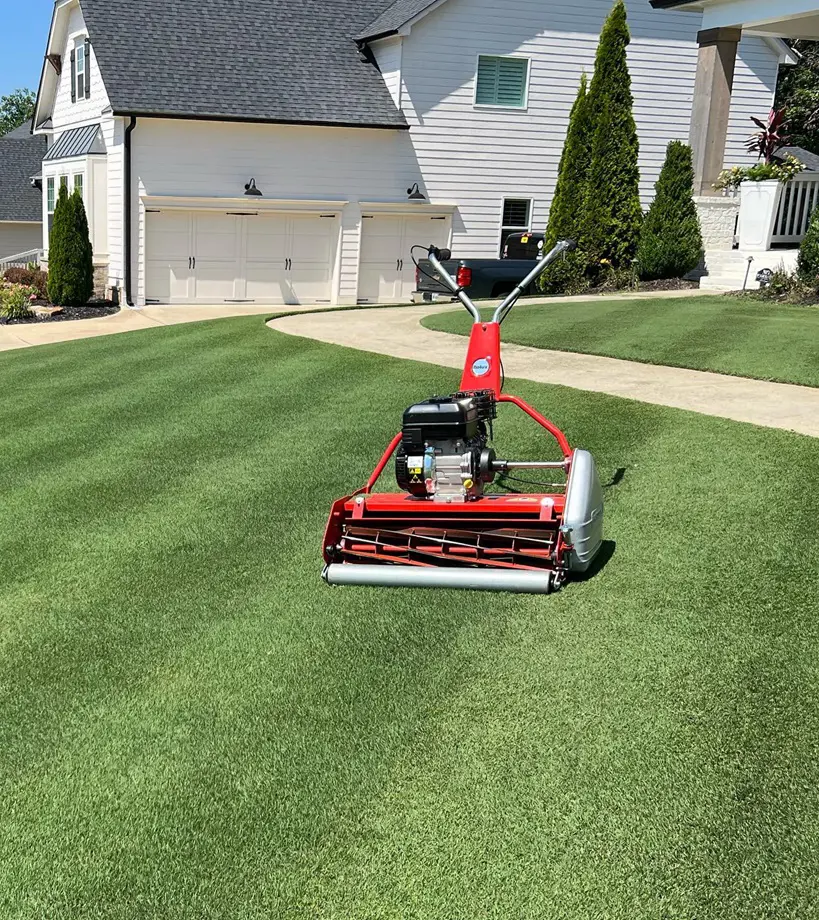
This step can be overwhelming to many. Calming down, make sure you cut no more than one-third of the grass height at a time while you mow.
The proper height to start mowing is when the grass reaches a height of about 3 to 4 inches. This step is essential to maintain a tidy lawn. Use mower blades sharp for clean cuts and make sure you mow regularly to maintain grass health.
Weed and Pest Management
Weed is a competitor for grass, it takes over the nutrition and moisture that grasses were supposed to relish on. Upon not getting checked on time, weed can easily take over in a short duration of time. Crabgrass and broadleaf weeds are examples of common weeds found in lawns.
When grasses are sparse, you need to take proper care of weeds and remove them using different methods. Hand-pulling or using a hoe is enough for smaller infestations while for larger weed problems, use weed-specific chemicals like herbicides.
As the grasses get well established, their thickness becomes more resilient to weeds and does not require as much care as needed in the early growth days.
Pests also have a much potential to harm your lawn. They can either damage the grass, showing symptoms like browning and wilting or even kill them by damaging the roots. Common pests commonly found in lawns include: grubs, chinch bugs, and armyworms.
Seasonal Management
When a new season arrives, lawn grass also demands extra care. In the fall, you have to prepare your grass for upcoming winter weather. For this, you can apply a final round of fertilizer, which nourishes the grass throughout the harsh season.
In spring, keep an eye on the weather, and be ready to water more frequently as temperatures rise.
Things To Avoid
- Avoid mowing too early as it can stress the seedlings.
- Do not fluctuate between dry and overly wet conditions while fixing the watering schedule. Doing so can damage the seeds.
- Do not use too much or less of the fertilizers. Failing to fertilize hinders the overall growth of the grass.
Issues That Need Timely Management

- Identifying Patchy Growth
This issue is surprisingly very common among gardeners. It manifests as uneven patches of grass that can be either thinner or entirely bare as compared to the surrounding green lawn areas.
There are several reasons for patchy growth, including the improper distribution of the seeds and environmental conditions. Not only these, but the infestation of pests can also make grass from particular areas disappear. The good news is that patchy growths are manageable, all it requires is proper identification of the cause and care.
Overseeding is done to prevent patchy growth. It is the process of re-applying grass seeds on the lawn, spreading them over the existing lawn. Overseeding regularly prevents the lawn from conditions like thin lawns or bare spots. The timing for seeding again varies, it can be done in fall for the varieties growing in the cool season while for the ones growing in the warmer season, it's best to choose late spring.
- Addressing Soil Compaction
The soil you loosened during sowing can't have its impact forever. As the soil starts to get compact after a while, it directly affects the root expansion, limits water and hinders nutrient absorption.
Aeration is considered a perfect solution for this, where the soil is perforated with small holes using machines like a core aerator. You can perform this process on your own, by renting the machine from your local garden center or by hiring a professional service.
- Dealing with Drought or Excess Water
Drought and excess water, both are unfavorable for a healthy and rich lawn. As a result of drought, the grasses begin turning brown and the young ones tend to remain dormant forever. On the flip side, excess water causes the roots to rot.
Maintaining the watering frequency hence is of utmost importance. Also, if you notice pooling water or soggy patches, check your lawn's drainage as immediately as possible.
Some Common Grass Seeds
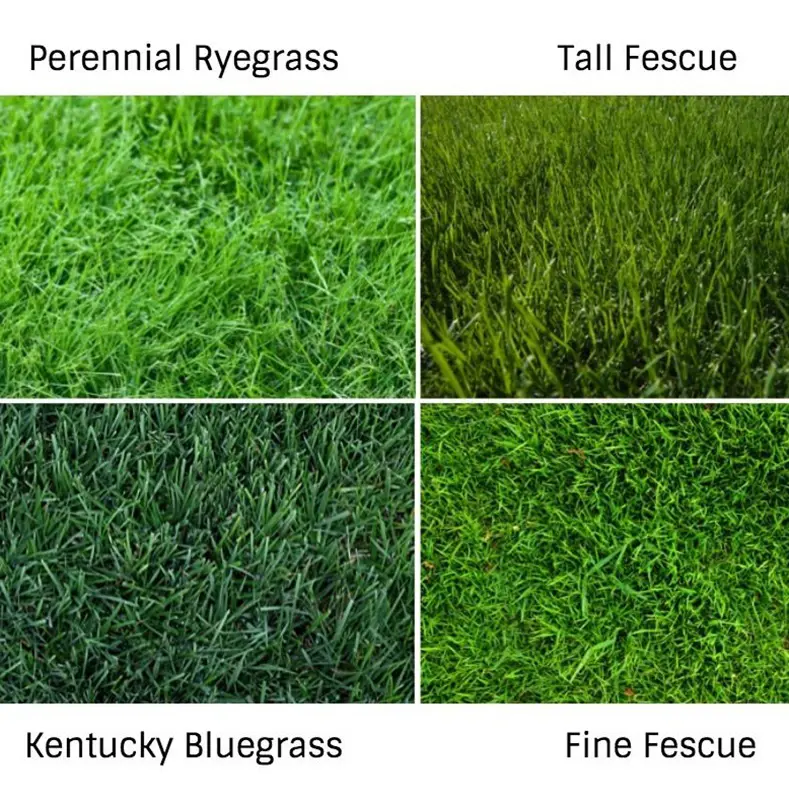
There are many types of grass seeds but some are common among people. The most loved ones are listed below. While choosing one, it's important to know that each of these varieties has its own intended use and unique characteristics.
Kentucky Bluegrass
This grass seed is commonly preferred for lawns. It is a cool-season grass that forms a dense population through its self-spreading rhizomes.
Perennial Ryegrass
This is also a cool-season variety used for quick patches. It grows and gets established quickly.
Tall Fescue
It is a cool-season grass but due to deep roots can be planted in transitional zones as well. They are adaptable to drought and heat.
Zoysia Grass
This is a warm-season variety known for its durability. It is even used in golf courses.
Bermuda Grass
It is common in the sports field. Resistant to wear and tear, it is a warm-season grass.
Buffalo Grass
It is a native warm-season grass that requires less care. It is also drought-tolerant.
Enjoying Your New Lawn
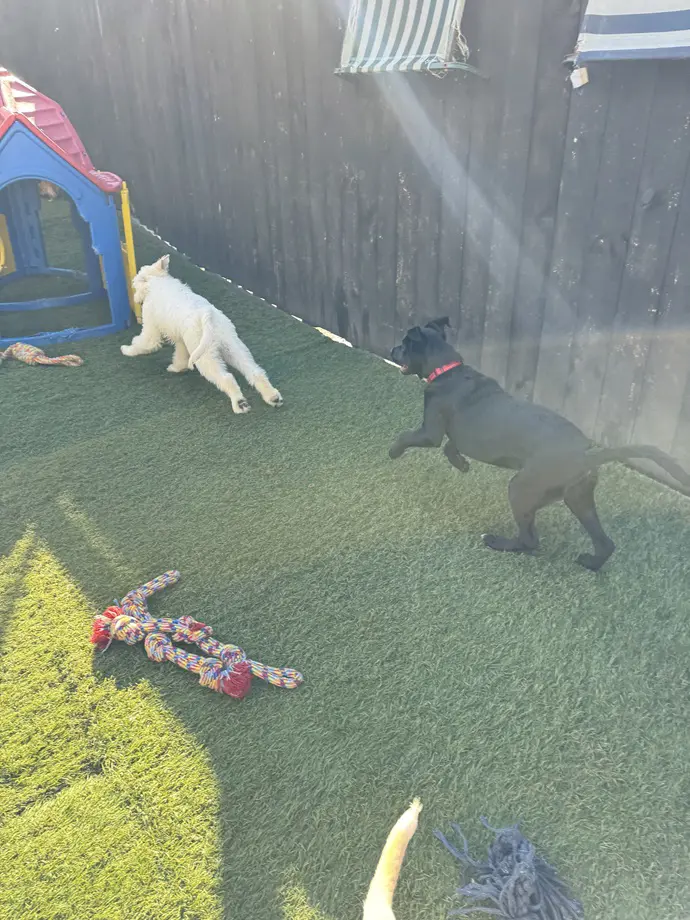
Lawns have been an important area outdoors for enjoyment for ages. Some ways to make living experiences more enjoyable include:
- Creating a designated space for recreational activities: Your lawn can make play zones for kids and pets. So, consider separating a space for them as well as for activities like picnics and sports.
- Landscaping Enhancements: If you are someone who loves decorating lawns, this is particularly for you. You can start by adding flower beds, pathways, or decorative features to complement your lawn. To keep things extra, you can also add benches, trellises, or water elements such as fountains or ponds.
- Outdoor Events: Use your lawn for gatherings, barbecues, or parties, making it a central part of your outdoor living space.
What To Do For Long Term Care?
Long-term care is essential for varieties like Kentucky Bluegrass and Tall Fescue. They both have dense growth and require regular mowing. Being less drought-tolerant Kentucky Bluegrass needs frequent watering as well. This becomes even more important when the weather is hot.
Seasonal fertilization plans and aerating lawns annually are even more important for these varieties. When the fall arrives, make sure that you rake leaves and debris to prevent mold and disease, and keep your lawn tidy year-round. In the spring, focus on dethatching and overseeding if necessary.
Recent posts
Gardening
Gardening
How To Grow, Plant And Care Milkweed From Seed
Planting milkweed from seed is one of the most satisfactory practices. It not only adds value to your garden aesthetics but also contributes essential instinct pollinators, including monarch butterflies. Many milkweed seeds germinate best when expos...
Gardening
18 Rose Colors And Their Meanings
Roses are not only elegant flowers but they also represent something more profound. Every color of a rose has its special meaning, making it a powerful tool when it comes to conveying messages in personal relationships and occasions. Ranging fr...
Gardening
When To Plant Vegetables – A Month By Month Calendar
Understanding when to plant vegetables is essential to successful gardening as timing alone can greatly affect the productivity and health of vegetables. A month-by-month planting calendar is useful because not every month is ideal for a specific pro...
Gardening
How To Prune Hydrangeas So That It Stays Healthy
The name hydrangea conjures clusters of flowers packed densely. Hydrangeas can grow in both old and old wood, and depending on the varieties, pruning time may differ. Pruning hydrangeas is a fundamental practice for gardeners wanting to maintain thei...
Gardening
How To Prune Roses With These 10 Steps
Pruning these thorn-filled plants might seem scary, but it's crucial for having abundant rose blooms. Cutting back old growth encourages new, vibrant growth, removes dead parts, and shapes the plant. This practice also reduces the risk of fungal dise...
Gardening
12 Effective Mosquito Repellent Plants to Keep Your Yard Bug-Free
Most of us are fond of insects, perhaps not all of them! Mosquitoes for instance are not considered even likable by many. Their buzzing sound is bothering and all of us wish them to stay away from our home and surroundings. To deter them, different f...
